Reverse Lale , please .
Reverse Lale , please .
Hakkari Reverse Tulip is a rare and endemic plant species native to Hakkari province of Turkey. This unique flower gets its name from the fact that, unlike other tulip species, it opens upside down. The Hakkari Reverse Tulip is a major attraction, especially for plant enthusiasts and nature lovers, due to its natural beauty and rarity.
Hakkari Reverse Tulip is a plant that grows in high altitude mountainous regions. It is usually seen on the slopes of the Munzur Mountains and the Cilo-Sat Mountains around Hakkari. These regions have suitable climatic and soil conditions for the growth of Reverse Tulip.
Where Does the Reverse Tulip Grow in Turkey?
In Turkey, the reverse tulip (Fritillaria imperialis) grows naturally in some areas. Here are some of the natural habitats of the Ters Lale in Turkey:
This is Hakkari. In the province of Hakkari, the Hakkari Reverse Tulip (Fritillaria acmopetala) grows on the slopes of the Munzur Mountains and the Cilo-Sat Mountains. These areas are one of the natural habitats of the Reverse Tulip and are an important point for the conservation and observation of the Hakkari Reverse Tulip in particular.
My plea: In Erzurum province, the Palandöken Mountains and its surroundings can be found naturally. This mountainous region has suitable climatic and soil conditions for the growth of Ters Lale.
The pain: The Reverse Tulip species can be observed in and around Mount Agri in Agri province. The Reverse Tulip can grow naturally in the high altitude areas of Mount Pain.
The van: In the mountainous regions of the province of Van, the species of Reverse Tulip can be found. Especially the slopes and valleys of the surrounding mountains can be the natural habitat of the Reverse Tulip.
In other regions where Ters Lale grows naturally, it can also be observed in different provinces of Turkey. It is important to observe and protect the reverse tulip because its natural habitat is protected in these areas.
If you want to observe reverse tulips in nature, it is advisable to visit nature reserves, mountainous and high-altitude areas or national parks in the relevant areas. However, special permits or guidance may be required to observe endemic plant species in the wild.
Is the inverted lilac endemic?
Is the reverse tulip endemic? Yes, the reverse tulip (Fritillaria meleagris) is an endemic plant. Endemic plant species are species that are endemic only to a particular geographical area. The reverse tulip is found naturally, especially in some parts of Europe, and is especially common in countries such as the Netherlands, England, and France. For this reason, the reverse tulip is one of the plants considered endemic. The reverse tulip is a plant that attracts attention with its characteristic colors and bell-shaped flowers of different sizes. No, the reverse tulip (Fritillaria meleagris) is a species of plant that is not extinct. However, it may have declined or be threatened in some areas due to factors such as loss of natural habitats and degradation of habitats. The reverse tulip grows especially in habitats such as wetlands, marshes, and moist meadows. The destruction of such habitats or their conversion into agricultural areas can negatively affect reverse tulip populations. However, various measures are taken to protect and increase the populations of the reverse tulip through conservation work and the management of natural areas.
When is the reverse tulip seed planted?
When is the reverse tulip seed planted? The reverse tulip (Fritillaria meleagris) seeds are usually planted in the autumn. Reverse tulips are bulbous plants and need the cold conditions of the winter season to develop their bulbs. After their seeds come into contact with the soil in the autumn, they enter a period of rest during the cold season and begin to germinate in the spring.
Ideally, before planting reverse tulip seeds directly in garden soil, it is important to ensure that the soil has good drainage and a lightly prepared surface. Before planting the seeds, it will be helpful to loosen the soil slightly and remove stones and weeds. Place the seeds at a depth of about 5-10 cm and cover them lightly with soil.
Reverse tulips grow in a humid and sunny environment similar to their natural habitat. Help the seeds germinate by watering them carefully and keeping them moist regularly. In the spring, the seeds are expected to germinate and the plants to grow. Inverted tulips usually bloom in a few years.
This information is provided as a general guide. Before planting inverted tulips, it is important to take into account the recommendations for cultivation specific to the climate and region.
What are the growing conditions of the reverse tulip?
The growing conditions of the Reverse Tulip are as follows:
- The climate: The Hakkari Reverse Tulip is adapted to cold climates. It thrives best in mountainous regions with long and harsh winters and cool and rainy summers. In winter, low temperatures and snow-covered periods provide a dormant period for the reverse tulip.
- The soil: Reverse Tulip grows in well-drained and mineral-rich soils. It usually prefers soils with an acidic pH. It can grow in sandy or clay soils, but well-drained soils may be more suitable for the Reverse Tulip.
- The sunlight Reverse Tulip prefers to take advantage of full sunlight. It grows best in bright, sunny areas. In areas of dense shade or partial shade, the growth potential may be reduced.
- Watering: The Reverse Tulip is a plant that can grow naturally based on rain. The natural irrigation that comes with the rains can usually be sufficient. However, in dry seasons, regular watering may be needed to meet the plant's water needs.
- Maintenance: The Reverse Tulip does not require much care, as it usually grows in natural environments. However, it is important to clear the weeds and to take care of the soil when necessary for the plant to grow comfortably. The Hakkari Reverse Tulip is a plant species that should be protected due to its natural habitats and rarity.
The Story of the Reverse Tulip
The story of the upside-down tulip, a symbol of mourning The upside-down tulip, the oldest known ornamental plant, belongs to the onion family. It has been accepted as a symbol of mourning for many religions and cultures, and has been the subject of legends. Until the end of the 19th century, it remained a flower typical of the Ottoman lands. Until the end of the century, it remained a flower typical of the Ottoman lands. The reverse tulip is an endemic species of the Anatolian geography.
In the legends, the Reverse Tulip, according to Christian traditions, is the son of Jesus. The one who witnessed the crucifixion of Jesus. The Reverse Tulip has begun to grow where Mary's tears fell. According to Muslim rumors, According to another legend, Ters Lale ⁇ s neck is crooked and red because of the massacres of Hasan and Husayn at Kerbela ⁇ and because a couple of lovers named Ferhat and Shirin could not find each other. Ters Lale summarizes the great suffering of the Anatolian lands in his legends.
During the Ottoman period, Lale was as popular as Sumbul and Nergis. As a result of research and advanced plant breeding in the early 20th century, the species has multiplied. Research at the turn of the century and advanced plant breeding have resulted in a proliferation of species. Today, there are 165 known species and subspecies of Reverse Tulip in the world. The production area should be at an altitude of 1,000 to 3,000 meters. But even in low-lying areas, as long as temperature control can be ensured, production can be done. The soil should see plenty of sun and not retain water. For this, you need sloping land that provides flow from above. Reverse Lale, they like humus and sandy soils.
Another story is:
Hakkari Reverse Lale is said to have stood for a long time and passed through Hakkari's Munzur Mountains. According to legend, the indigenous people living in the Munzur Mountains ask the gods for help to cultivate fertile land and grow beautiful flowers. However, the gods demand a certain price for the fulfillment of this wish.
The gods ask the natives to choose one of their most precious flowers. The people offer the flowers they collect to the gods. However, the gods reverse and place the flowers offered by the people. So, from that day on, these flowers grow and open in the opposite direction. These unique and striking flowers are called "Inverse Tulips".
It is believed that the upside-down angle of the Hakkari Reverse Tulip has a mystical quality associated with this legend. Among the people, Reverse Tulips are believed to be connected to nature, the gods and the magical world of the past. Therefore, it is believed that Reverse Tulips carry their own energy and are protectors of natural beauty.
Places to visit in Hakkari I know. to see One day in Hakkari You can visit the itinerary or create your own itinerary if you want.



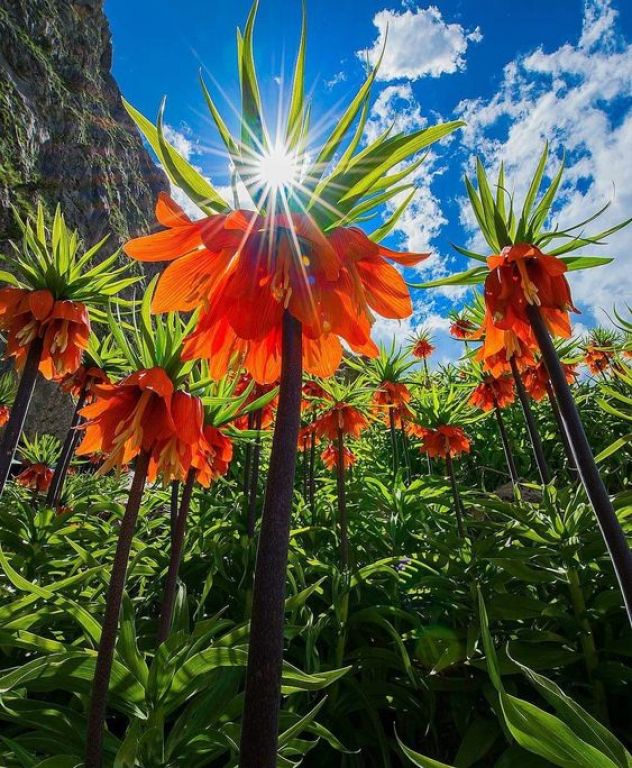
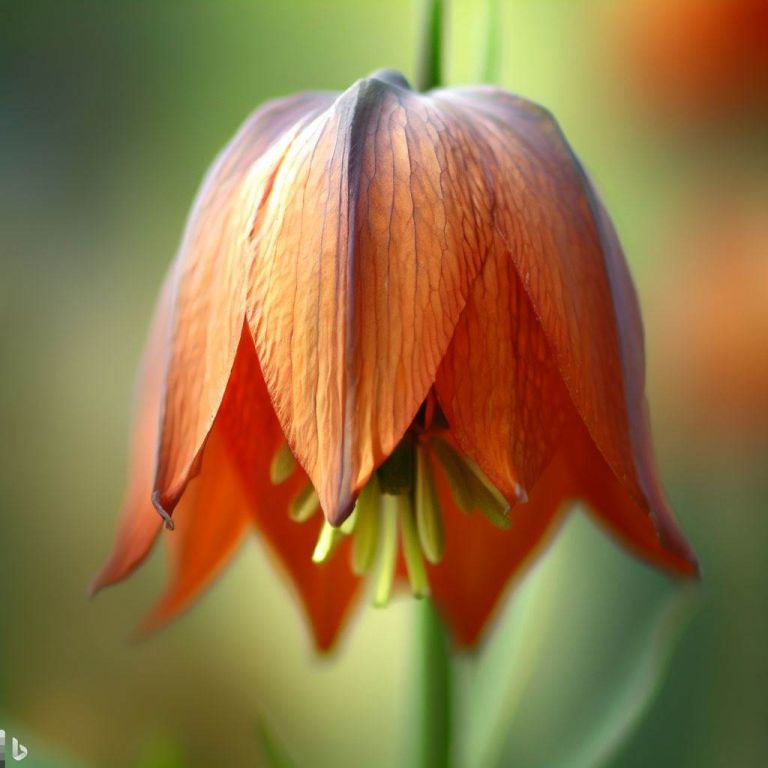
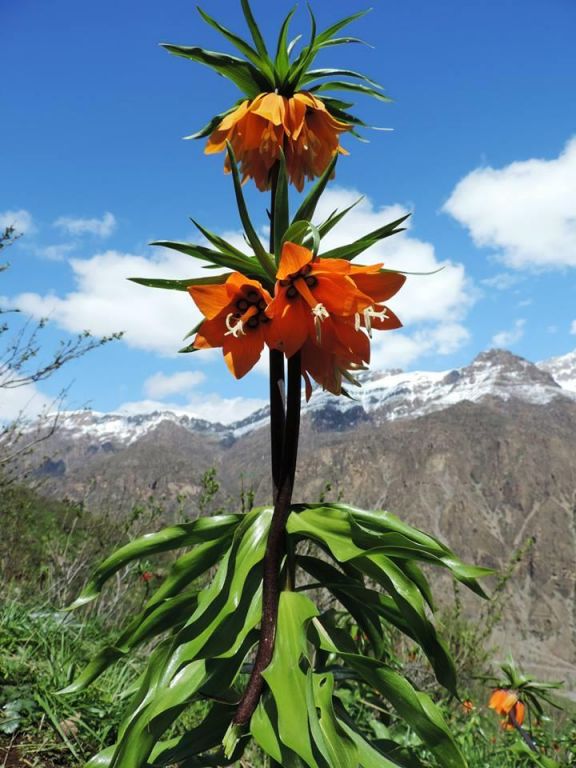
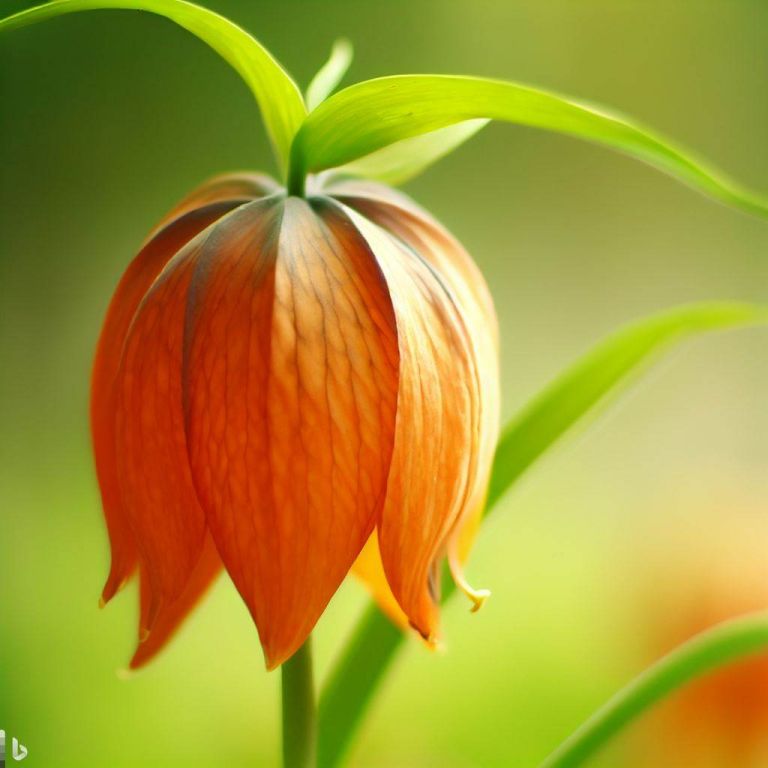






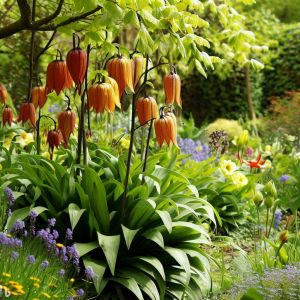
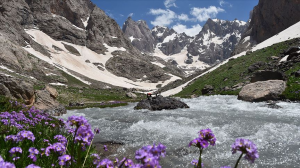
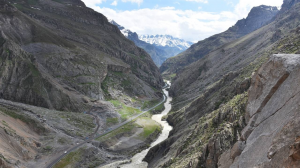
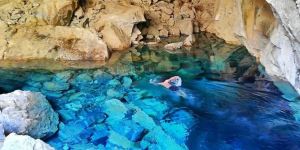
Değerlendirmeler